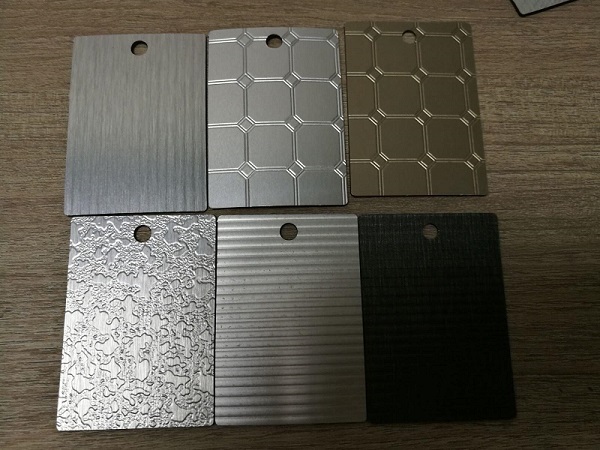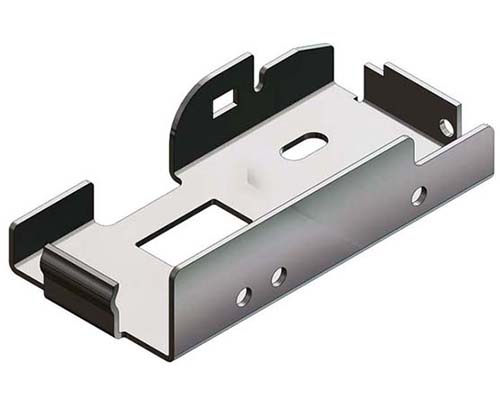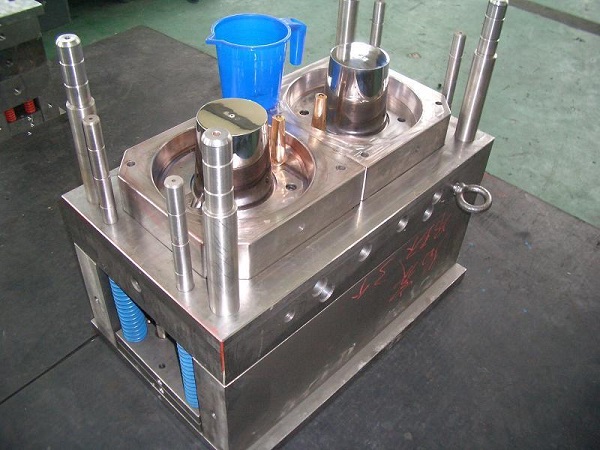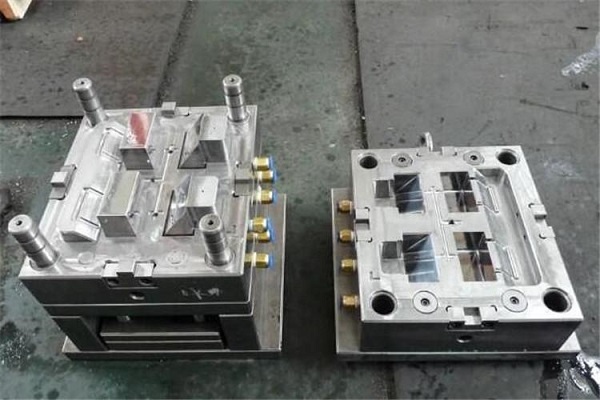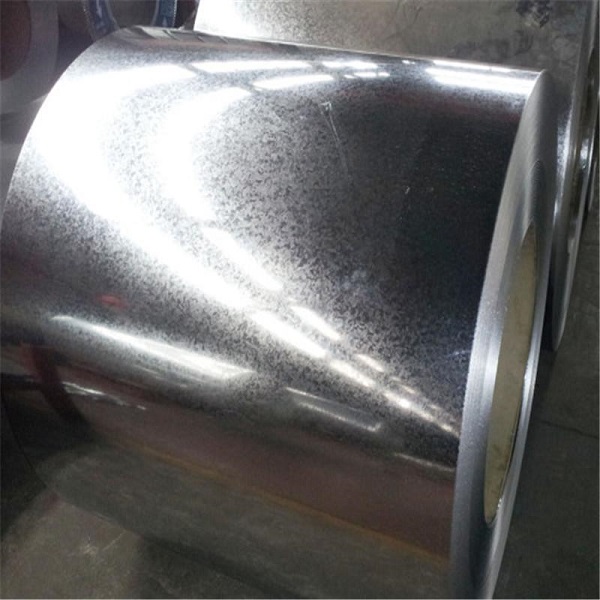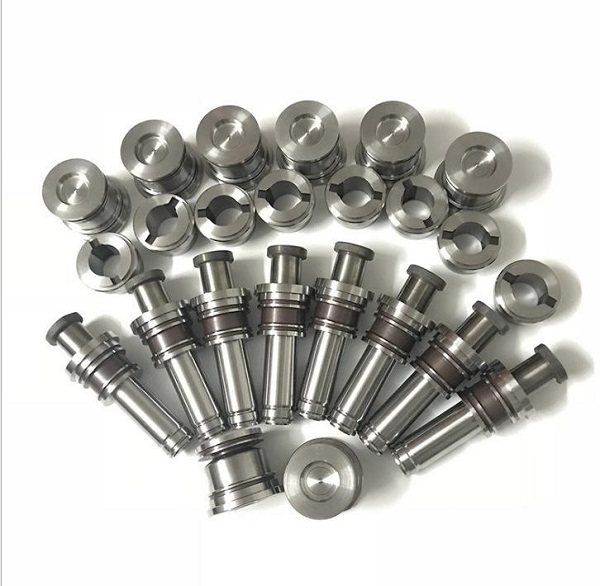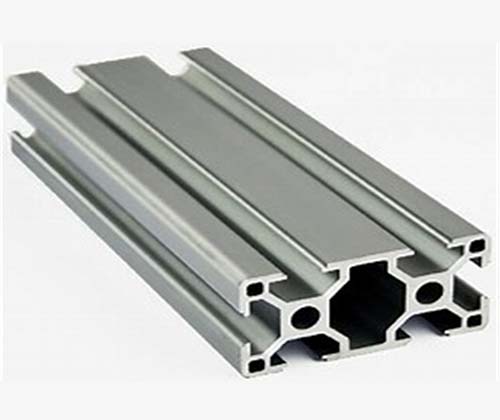If you’ve ever wondered what heavy metal fabrication is and why it matters, let’s cut to the chase: it’s the process of shaping, cutting, and assembling thick, durable metals (like steel or aluminum) into large, load-bearing structures—think bridge beams, industrial machinery frames, or ship hulls. Unlike light metal fabrication (which handles thin sheets for items like gutters or electronics enclosures), heavy metal fabrication focuses on strength and durability for projects that need to withstand extreme pressure, weight, or environmental conditions. For businesses in construction, energy, or manufacturing, getting this process right isn’t just a detail—it’s the difference between a safe, long-lasting asset and a costly failure.
What Exactly Is Heavy Metal Fabrication?
At its core, heavy metal fabrication transforms raw heavy metals (typically ¼ inch thick or more) into functional, custom components. It’s a mix of skilled craftsmanship and advanced technology, blending traditional techniques like welding with modern tools such as CNC plasma cutters. The end goal? To create structures that meet strict industry standards—whether that’s supporting a 10-ton crane, resisting corrosion in an offshore oil rig, or withstanding high temperatures in a power plant.
A key distinction from light fabrication is the scale and load capacity of the final product. For example, a light fabricator might make a 5-pound metal shelf; a heavy fabricator would build a 5,000-pound steel frame for a manufacturing press. This difference means heavy metal fabrication requires specialized equipment (like large-scale bending machines) and certifications (such as AWS D1.1 for structural welding) to ensure safety and performance.
Core Processes in Heavy Metal Fabrication: Step-by-Step
Heavy metal fabrication isn’t a single task—it’s a sequence of carefully coordinated steps. Below is a breakdown of the most common processes, with real-world context to show how they work together.
1. Design & Engineering
Before any metal is cut, the project starts with detailed design. Engineers use 3D modeling software (like AutoCAD or SolidWorks) to create precise blueprints, factoring in load limits, material properties, and industry codes (e.g., ASME for pressure vessels).
Real 案例: A Texas-based fabricator I worked with was hired to build a steel support structure for a wind turbine. The engineering team spent 6 weeks refining the design to account for high winds (up to 120 mph) and the turbine’s 30-ton weight. They ran stress tests in the software to identify weak points—like a joint that needed extra reinforcement—before any metal was touched. This step saved the client $50,000 in rework later.
2. Material Selection
Choosing the right metal is critical. The most common options include:
- Carbon Steel: Affordable and strong, ideal for structural parts (e.g., bridge girders).
- Stainless Steel: Resists corrosion, used in food processing or marine applications.
- Aluminum: Lightweight but strong, suitable for aerospace or transportation parts.
- Alloys (e.g., Hastelloy): Heat-resistant, used in power plants or chemical facilities.
Key Consideration: A fabricator must match the material to the project’s environment. For example, using carbon steel in a coastal area would lead to rapid rust—stainless steel or a galvanized coating is better.
3. Cutting & Shaping
Once the design is final and materials are sourced, the metal is cut to size. Common techniques include:
- CNC Plasma Cutting: Uses a high-temperature plasma jet to cut thick steel (up to 6 inches). Fast and precise for complex shapes.
- Flame Cutting: Uses oxygen and acetylene to melt metal, ideal for very thick steel (10+ inches) but less precise than plasma.
- Waterjet Cutting: Uses high-pressure water mixed with abrasives to cut metals without heat, perfect for materials that warp easily (like aluminum).
After cutting, the metal is shaped using:
- Press Brakes: Bend metal into angles or curves (e.g., making a 90-degree bend for a beam).
- Rolling Machines: Curve metal into cylinders or arcs (e.g., for pipe sections or tank walls).
4. Assembly & Welding
The cut and shaped parts are then assembled into the final structure. Welding is the most common method—skilled welders fuse parts together using techniques like MIG (Metal Inert Gas) or TIG (Tungsten Inert Gas) welding.
Industry Standard: All welds must meet AWS (American Welding Society) standards. For example, in structural fabrication, welds are inspected using X-rays or ultrasonic testing to check for hidden defects (like cracks) that could cause failure.
Real 案例: A shipyard in Louisiana hired our team to fabricate a 200-foot steel hull section. We used MIG welding for most joints but switched to TIG for critical areas (like the hull’s water-tight compartments) to ensure no leaks. After welding, every joint was X-rayed—only 2 out of 500 welds needed rework, well below the industry average of 5%.
5. Finishing & Quality Control
The final step is finishing, which protects the metal and improves its appearance. Common finishes include:
- Painting: Adds a protective layer against rust (used for construction equipment).
- Galvanizing: Dips metal in zinc to resist corrosion (ideal for outdoor structures like streetlights).
- Sandblasting: Removes rust or debris before finishing.
Quality control (QC) runs through every step. A good fabricator will:
- Test material strength (e.g., tensile strength tests to ensure metal can handle weight).
- Check dimensions with laser measuring tools (accuracy within 0.001 inches).
- Conduct load tests on final structures (e.g., a crane beam might be tested with 120% of its intended load).
Key Materials Used in Heavy Metal Fabrication
Not all metals are created equal—each has unique properties that make it suitable for specific projects. Below is a comparison table to help you understand which material to choose:
| Material | Strength (Tensile Strength, psi) | Corrosion Resistance | Ideal Applications | Cost (per pound, USD) |
|---|---|---|---|---|
| Carbon Steel | 50,000 – 100,000 | Low (needs coating) | Bridge beams, machinery frames | $0.50 – $1.50 |
| Stainless Steel | 70,000 – 150,000 | High | Marine parts, food processing equipment | $2.00 – $4.00 |
| Aluminum | 10,000 – 80,000 (alloy-dependent) | High | Aerospace parts, truck frames | $1.00 – $3.00 |
| Hastelloy | 100,000 – 180,000 | Excellent (heat/chemical) | Power plant boilers, chemical reactors | $20.00 – $50.00 |
Pro Tip: For most industrial projects, carbon steel is the go-to choice—it’s strong and cost-effective. If corrosion is a concern, upgrade to stainless steel or add a galvanized coating (which adds about $0.20 per pound to the cost but extends the structure’s life by 10–20 years).
Industries That Rely on Heavy Metal Fabrication
Heavy metal fabrication is the backbone of several critical industries. Here’s how it’s used in each:
1. Construction
From skyscrapers to highways, construction depends on heavy fabricated steel. For example:
- Steel Beams: Support the weight of high-rise buildings (a typical beam can hold 20 tons).
- Bridge Trusses: Made from welded steel, these distribute weight across bridges (the Golden Gate Bridge uses 83,000 tons of steel).
2. Energy
Both renewable and non-renewable energy projects need heavy fabrication:
- Wind Turbines: The tower (made from rolled steel) and nacelle (the housing for the generator, made from welded steel) are heavy fabrications. A single turbine tower can weigh 200 tons.
- Oil & Gas: Offshore platforms use thick steel pipes (up to 36 inches in diameter) and pressure vessels (to store oil/gas safely). These parts must resist saltwater corrosion and high pressure.
3. Transportation
Ships, trains, and heavy trucks rely on fabricated metal:
- Ship Hulls: Large steel plates are welded together to make hulls (a cargo ship hull can be 1 inch thick and 1,000 feet long).
- Train Locomotives: The frame (made from heavy steel) supports the engine and cargo (a locomotive frame can weigh 50 tons).
4. Manufacturing
Factories need heavy machinery, which is built with fabricated parts:
- Presses & Crushers: Used to shape or break materials (a metal press can exert 1,000 tons of force—its frame must be made from high-strength steel).
- Conveyor Systems: Heavy steel frames support conveyor belts that move raw materials (e.g., in a mining facility).
Common Challenges in Heavy Metal Fabrication (and How to Solve Them)
Even experienced fabricators face challenges. Here are the most frequent ones and practical solutions:
1. Material Warping
When metal is cut or welded, heat can cause it to warp (e.g., a steel plate bending after plasma cutting).Solution: Use “heat mitigation” techniques—like preheating the metal before welding or using cooling fans during cutting. For large parts, clamp the metal to a rigid surface to prevent movement.
2. Weld Defects
Cracks, porosity (tiny holes), or incomplete fusion can weaken welds.Solution: Train welders to AWS standards and use automated welding (like robotic MIG welders) for consistent results. After welding, use non-destructive testing (NDT) methods (X-rays, ultrasonic) to inspect welds.
3. Meeting Tight Deadlines
Heavy fabrication projects often have long lead times (6–12 weeks), but clients may demand faster delivery.Solution: Use project management software to track progress (e.g., Trello or Asana) and order materials in advance. For urgent projects, prioritize steps—e.g., start cutting while the final design is being approved (with client permission).
4. Cost Overruns
Materials and labor can drive up costs, especially for custom projects.Solution: Provide clients with a detailed cost breakdown upfront (including material waste—typically 5–10% for heavy fabrication). Use software to optimize material use (e.g., nesting software that arranges cuts to minimize waste).
How to Choose the Right Heavy Metal Fabricator
Not all fabricators have the skills or equipment to handle heavy projects. Here’s a checklist to find the right one:
- Certifications: Look for AWS D1.1 (structural welding) and ISO 9001 (quality management) certifications. These prove the fabricator meets industry standards.
- Equipment: Ensure they have large-scale tools—like CNC plasma cutters (at least 10 feet wide), press brakes (capable of bending 1-inch steel), and welding robots.
- Experience: Ask for case studies of similar projects (e.g., “Have you built wind turbine towers before?”). A good fabricator will share photos or references.
- QC Processes: Inquire about their testing methods—do they use NDT for welds? Do they conduct load tests on final structures?
- Lead Times: Get a clear timeline, including buffer time for unexpected issues (e.g., material delays).
Red Flag: A fabricator that gives a vague timeline or can’t provide certifications is likely not equipped for heavy projects.
Yigu Technology’s Perspective on Heavy Metal Fabrication
At Yigu Technology, we see heavy metal fabrication as more than just shaping metal—it’s a driver of industrial innovation. In recent years, we’ve noticed a shift toward automation and sustainability in the industry. For example, our clients are increasingly using robotic welding to reduce labor costs and improve precision, while also choosing recycled steel (which cuts carbon emissions by 75% compared to virgin steel).
We also believe that collaboration is key. Too often, fabricators work in silos—we encourage early engagement with engineers and clients to avoid rework. For instance, on a recent solar panel support structure project, we worked with the client’s design team to simplify the frame, cutting material costs by 15% without sacrificing strength.
Ultimately, heavy metal fabrication isn’t just about building structures—it’s about building trust. Clients rely on these components to keep their operations safe and efficient, so quality and transparency must be non-negotiable.
FAQ About Heavy Metal Fabrication
1. How long does a typical heavy metal fabrication project take?
It depends on the size and complexity. A small part (like a 100-pound steel bracket) might take 1–2 weeks, while a large structure (like a 50-ton bridge beam) could take 8–12 weeks. This includes design, material sourcing, fabrication, and QC.
2. Is heavy metal fabrication expensive?
Costs vary, but you can expect to pay $50–$200 per hour for labor, plus material costs (e.g., $0.50–$50 per pound for metal). A custom 10-ton steel frame might cost $15,000–$30,000. However, investing in quality fabrication saves money long-term by reducing maintenance and replacement costs.
3. Can heavy metal fabrication use recycled materials?
Yes! Recycled steel is just as strong as virgin steel and is widely used in heavy fabrication. Using recycled steel also lowers costs (by about 10–15%) and reduces environmental impact. Most fabricators can source recycled materials upon request.
4. What’s the difference between heavy metal fabrication and machining?
Fabrication focuses on shaping and assembling metals (cutting, welding, bending) to create structures. Machining uses tools like lathes or mills to remove material from a metal block to create precise parts (e.g., a gear). Many projects use both—for example, a fabricator might build a steel frame, then a machinist adds precise holes for bolts.
5. How do I ensure my heavy fabricated part meets safety standards?
Choose a certified fabricator (AWS D1.1, ISO 9001) and ask for proof of QC testing (like X-ray reports for welds or load test results). Also, ensure the design complies with industry codes (e.g., ASME for pressure vessels, AISC for structural steel).
